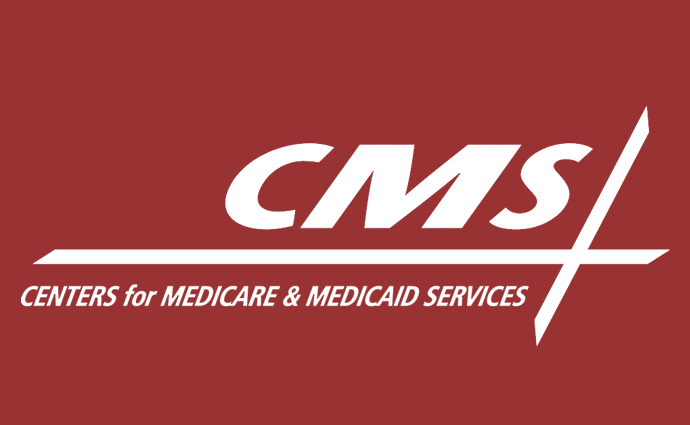CMS Finds Errors in 2019 MIPS Payment Adjustment Calculations
Eligible clinicians have an extra two weeks to request a targeted review of 2019 MIPS payment adjustment calculations after CMS found errors with the program’s scoring logic.

Source: Xtelligent Media
- CMS recently announced that it is extending the targeted review deadline for 2017 Merit-Based Incentive Payment System (MIPS) performance feedback after the federal agency identified three errors with the scoring logic for the 2019 payment adjustment calculations.
Eligible clinicians now have until Oct. 15, 2018, at 8:00 pm EDT to request a targeted review of their MIPS performance feedback from CMS. The old deadline was Sept. 30.
A targeted review allows eligible clinicians, groups, and providers in certain alternative payment models (APMs) to request that CMS review their MIPS payment adjustment factor if they think the payment adjustment is wrong.
The initial round of targeted reviews for the 2017 MIPS performance period uncovered a series of “prevailing concerns,” CMS stated in the announcement. The concerns included:
- Applying the 2017 Advancing Care Information (now Promoting Interoperability) and extreme and uncontrollable circumstances hardship exceptions
- Awarding of Improvement Activity credit for successful participation in the Improvement Activities Burden Reduction study
- Adding the All-Cause Readmission measure to the MIPS final score
“Based on these requests, we reviewed the concerns, identified a few errors in the scoring logic, and implemented solutions. The targeted review process worked exactly as intended, as the incoming requests quickly alerted us to these issues and allowed us to take immediate action,” the federal agency stated.
CMS will address and correct the identified MIPS scoring logic errors, the announcement noted. The corrections will result in changes to the 2017 MIPS final scores and related 2019 MIPS payment adjustment factors for eligible clinicians who were impacted by the MIPS scoring issues.
Eligible clinicians and groups who were not impacted by the MIPS scoring errors may also see their payment adjustments slightly change, CMS added.
“[T]o ensure that we maintain the budget neutrality that is required by law under the Medicare Access and CHIP Reauthorization Act of 2015 (MACRA), some clinicians will see slight changes in their payment adjustment as a result of the reapplication of budget neutrality,” the announcement explained.
CMS stated that it revised the 2017 MIPS performance feedback provided on the Quality Payment Program website on Sept. 13, 2018.
However, the federal agency is still encouraging all eligible clinicians, groups, and APM entities to access and review their 2017 MIPS performance feedback to explore how the MIPS scoring logic issues impacted their payment adjustments for 2019.
If clinicians or groups believe an error was still made, the providers should request a targeted review by the October deadline. Clinicians or groups should also request a targeted review if they find the following:
- Errors or data quality issues on the measures and activities submitted
- Eligibility issues, such as falling below the low-volume threshold but still receiving a payment adjustment
- Exclusion from the APM participation list and not receiving a score under the APM scoring standard despite being designated as an APM entity
- Not being automatically reweighted even though they qualify for automatic reweighting based on the 2017 extreme and uncontrollable circumstances policy
Eligible clinicians, groups, and APM entities can request a targeted review by going to the Quality Payment Program website, logging in using their Enterprise Identity Management (EIDM) credentials, and requesting a targeted review.
In a recent email, CMS noted that the federal agency may require additional documentation to support the request. All targeted review decisions are also final and do not qualify for further evaluation.
Participating clinicians can also access resources on performance feedback through the Quality Payment Program Resource Library, the Quality Payment Program Service Center, or their local technical assistance organization.
“From the onset of the Quality Payment Program, our goals have included creating a program that is fully transparent and provides accurate information,” CMS concluded. “We believe that the above steps are essential to achieving that goal for the first performance year (2017), also referred to as the ‘transition’ year. We will continue to work closely with the clinician community to learn from one another and ensure operational excellence in implementation.”
